
Try your luck — spin the wheel and unlock up to 30% OFF or exclusive freebies!
A research and analytics client approached iWeb Data Scraping with a vision: “We want a single platform that can pull relevant data from targeted online databases, intelligently analyze it, and generate a clean, professional PDF report—automatically.” The end goal was a web application where the user could The application let users define a topic, run an AI-powered scraper on pre-approved sources, automatically analyze and summarize the results, and instantly populate findings into a pre-designed PDF. This streamlined process turned complex, hours-long research into a fast, automated “research-to-report” workflow, ensuring accurate, concise, and professional output every time.We designed and delivered a full-stack solution combining secure scraping, AI-driven text processing, and automated PDF generation, creating a seamless “research-to-report” workflow.

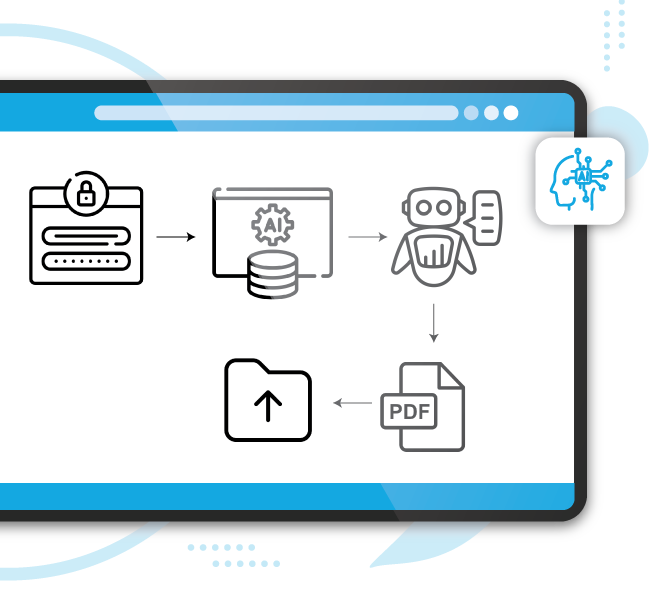
Primary Objectives
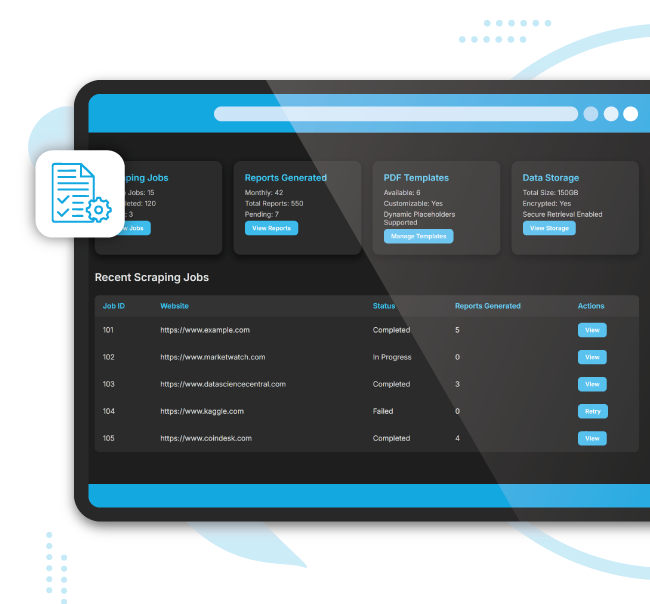
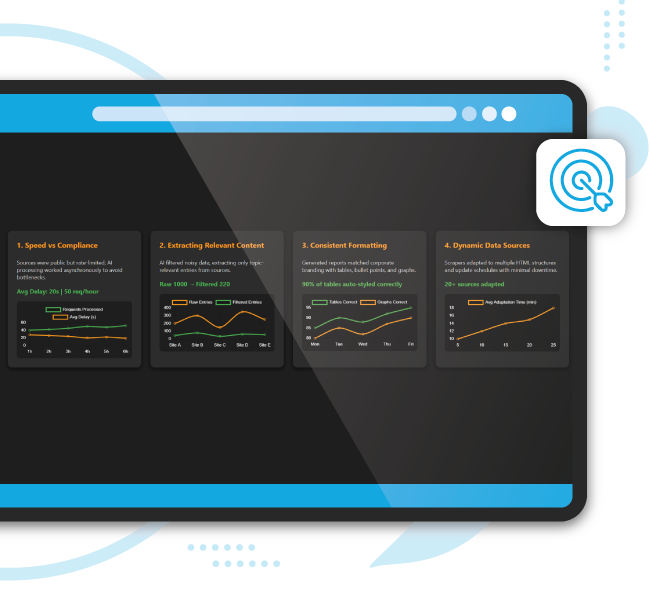
1. Balancing speed with compliance
2. Extracting only relevant content
3. Consistent formatting in reports
4. Dynamic data sources
1. System Architecture Design
2. AI-Powered Data Processing
3. Scraper Development
4. PDF Template Population
5. Compliance & Security
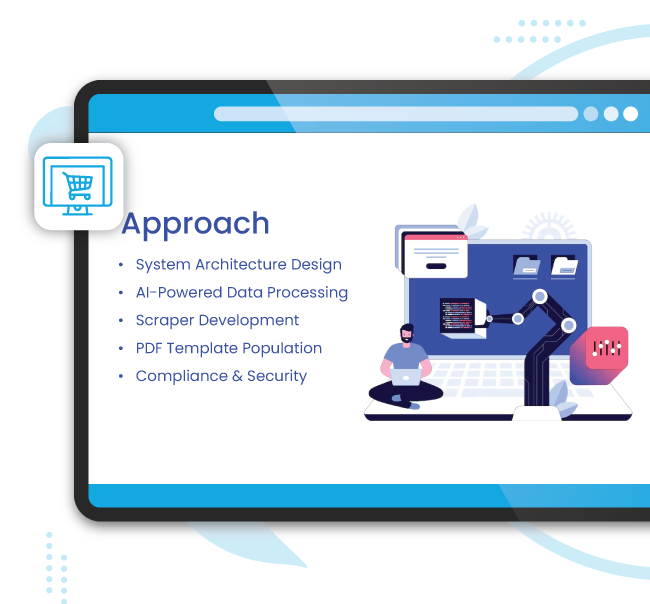
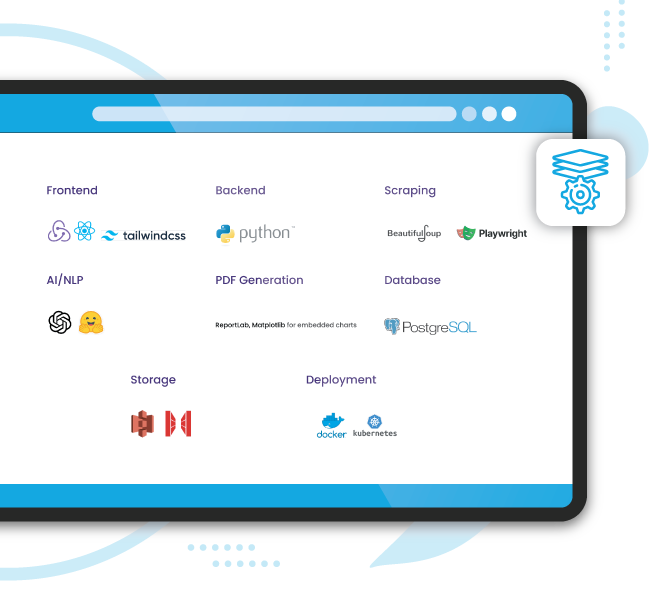
Step 1: User enters “Electric Vehicle Battery Recycling” into dashboard
Step 2: Scraper visits approved databases (e.g., DOE, EPA, trade publications)
Step 3: AI processes text, extracts:
Step 4: AI populates PDF template:
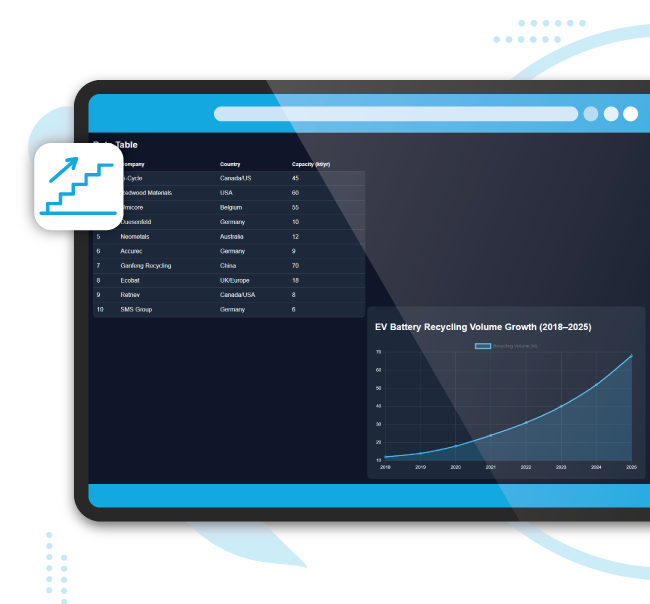
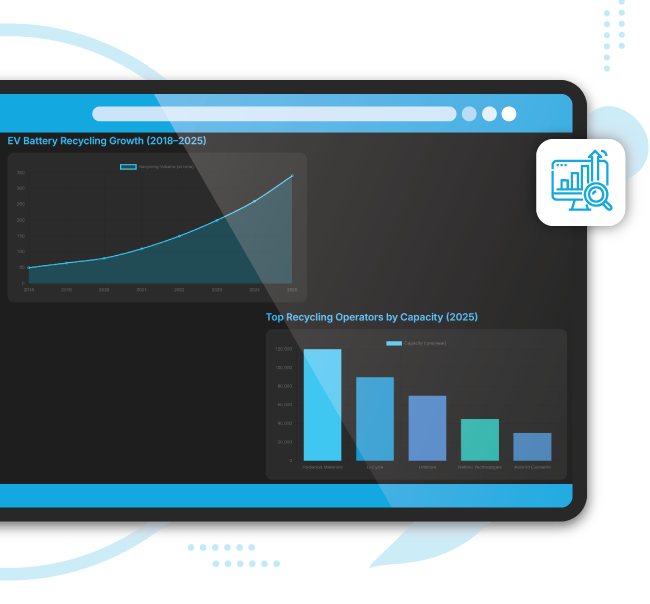
Executive Summary:
Electric vehicle battery recycling in the U.S. is projected to grow 18% annually...
Key Statistics:
Sources:
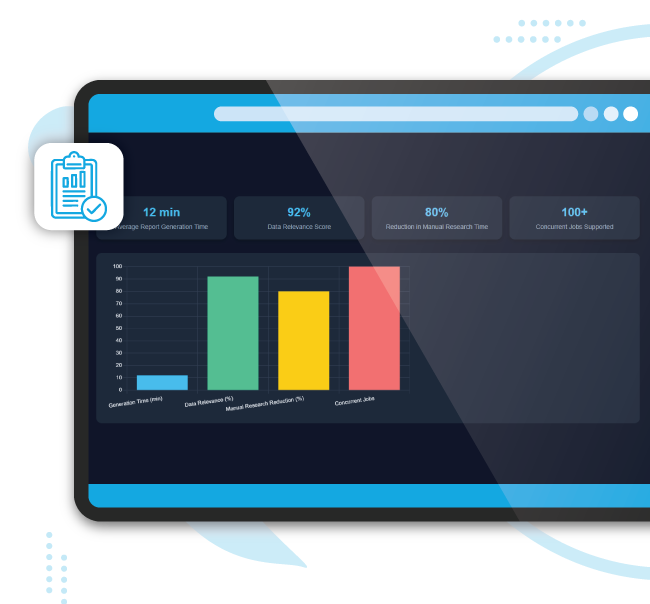
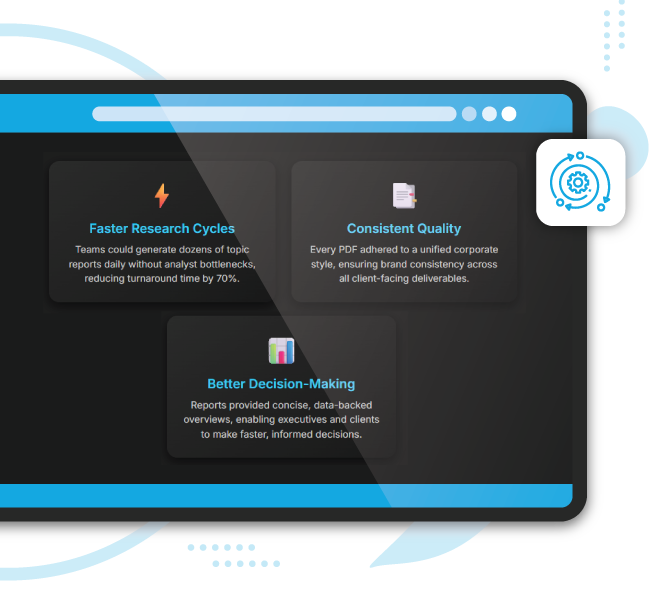
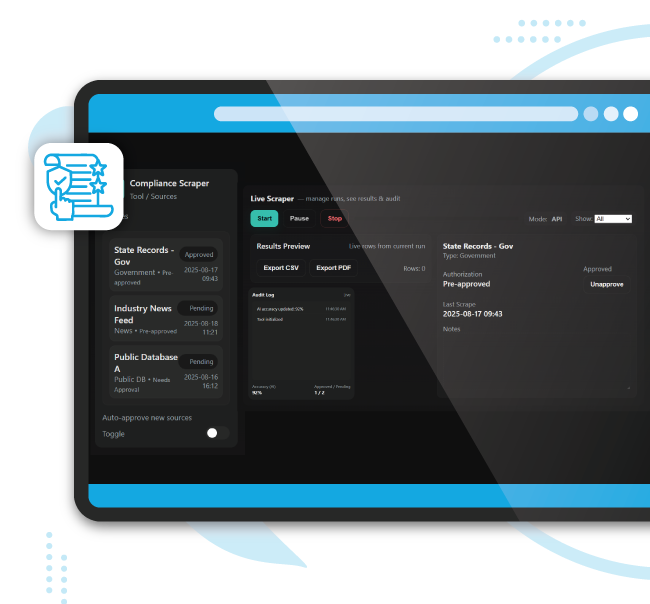
This project demonstrates how iWeb Data Scraping’s expertise in Enterprise Web Crawling Services , Web Scraping Services , and Web Scraping API Services can be combined with AI-driven analytics to create powerful, automated intelligence platforms. By integrating secure scraping with advanced NLP, we delivered a system that transforms raw online information into high-quality, decision-ready reports in minutes. The modular architecture and flexible scrapers ensure the platform can also extend into Mobile App Data Scraping Services , enabling organizations to Scrape iOS and Android App Data alongside traditional web content. This adaptability allows businesses to capture a 360° data view across web, mobile, and API sources while remaining compliant and efficient. From accelerating research workflows to standardizing corporate reporting, this case study underscores how a strategically designed scraping and AI pipeline can unlock new efficiencies, empower better decision-making, and scale effortlessly to meet evolving enterprise data needs.
We start by signing a Non-Disclosure Agreement (NDA) to protect your ideas.
Our team will analyze your needs to understand what you want.
You'll get a clear and detailed project outline showing how we'll work together.
We'll take care of the project, allowing you to focus on growing your business.